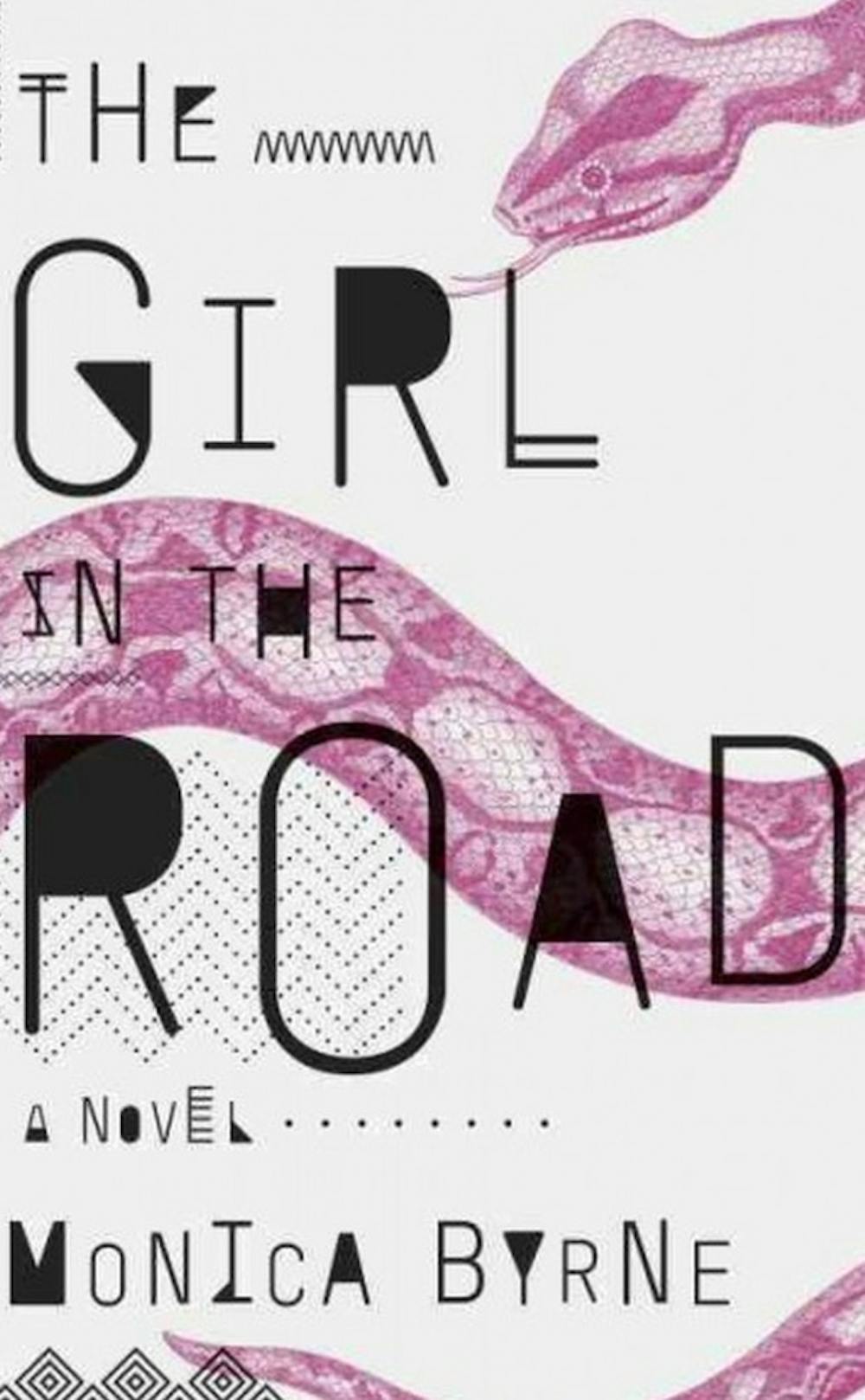In the sci-fi smash hit “The Girl in the Road”, Durham novelist and playwright Monica Byrne crafts a gorgeous future world where big business has perfected ‘wave energy’, the solution to the global energy crisis and a death knell for the West’s economic hegemony. Set in India in the 2060’s, Byrne’s novel attests to the gracefulness and power of technology. For example, her main character majors in “nano and comp lit,” and the novel’s most dazzling passages take their beauty from the interactions between humans and their innovations. Byrne’s future, populated by its technology as much as its humans, reminds me of Spike Jonze’s “Her” where technology like artificial intelligence, usually shown as a threatening the human capacity for love and community, is part of a world so delicate and sparkling that its viewer feels nostalgia for the next millenium.
Apart from its elaborate and beguiling scenery, Byrne’s novel captivates its readers by exploring what happens after we save the world. “The Girl in the Road” tells the stories of two women escaping from unprocessed trauma and certain danger. Meena, the novel’s first protagonist, is an orphan who knows only that her Indian parents were assassinated by an Ethiopian terrorist organization. When her life is similarly threatened, she remembers whispered rumors of a new invention--a floating aluminum bridge over the Arabian Sea powered by wave energy. Desperate, she trusts the rumors and begins her escape, joining the adventurers, criminals, and refugees who make the bridge into their makeshift home. Within the universe of the “The Girl in the Road,” the bridge is mythical - both Meena’s savior and a catalyst for a new world.
Meena’s journey--a quest that is equally spiritual and suspenseful-- parallels a story set decades earlier. Mariama, a young Haratine girl running away from slavery, crosses Africa on a truck bearing seemingly empty containers. During her journey, she meets a mysterious woman named Yemaya, and, entranced by her beauty and knowledge, begins to revere the older woman as a goddess. And yes, these parallel layered plots are disorienting and elusive, mixing poetic and technical passages that urge the reader to second-guess the novel’s reality. To complete the experience, both Meena and Mariama are unreliable narrators whose lies are obscured by the beauty of “The Girl in the Road”’s world.
Due to this unreliability, combined with the novel’s complex mythology, “The Girl in the Road” could be called psychological science fiction; instead of the clash of societies, its vision of the future focuses on the conflicts within individuals. In so many modern sci-fi novels, particularly those made into movies, something, usually with a name like the Capitol or the Peace Confederation, must be unveiled and destroyed. The process, repeated ad nauseum, focuses on revolution rather than observation; we enter a book’s reality only to watch it topple. Perhaps it’s a relic of the Cold War or the literary version of the simple pleasure of knocking over a tower of blocks. Regardless of the reason, “The Girl in the Road” is different because there’s no simple enemy: nary a totalitarian government nor rogue virus in sight.
Instead, the novel centers on individuals, influenced by their societies, coming to terms with their pasts. It affirms that out of the billions of possible futures, there are worlds that balance between dystopian terror and utopian perfection where our descendants continue to delve into their very human hopes and anxieties. In some futures, we’ll have time to interpret our dreams, quibble about our motivations, and analyze our childhoods. This, even more so than its prose and its landscape, is where “The Girl in the Road” beauty lies. In Monica Byrne’s future, each character works to claim her story, no matter what devastating consequences accompany the truth.
Get The Chronicle straight to your inbox
Signup for our weekly newsletter. Cancel at any time.

